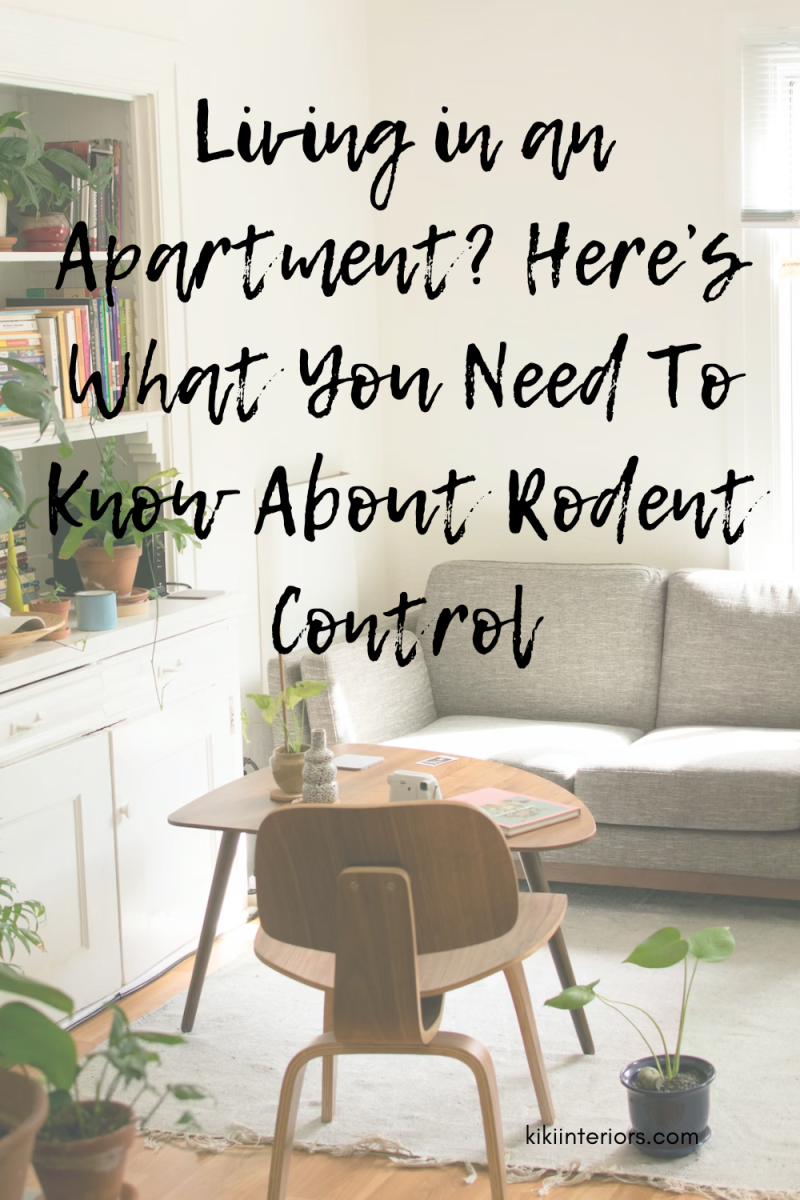
Pest control can be a little complex if you’re living in an apartment building. Pests like rodents don’t have to go far to get to their next food source or shelter due to the proximity of tenants. Pipes and utility cables are used by rodents like an undercover interstate. A systematic approach to getting rid of rodents is your best bet to beat mice and rats, but this can be difficult if you don’t have the full cooperation of the tenants. It takes some patience, persistence, and time, but it is possible to control rodents in apartment living. If you live in a multi-family dwelling or an apartment, there are a few things you should know about rodent control.
Maintain a Healthy Ecosystem
One of the first things a rodent exterminator will tell you is to maintain an optimal ecosystem. This includes examining the building for things that are appealing to rodents, like dense vegetation and vining plants, small holes that can serve as entry points, and the dumpster area. The dumpster area needs to be tidy and all refuse should be contained within the dumpster with the doors and lids closed. The groundskeeping needs to be kept neat and trimmed to minimize the places that rodents can hide.

Exclusion
Take a look around the building and your apartment unit. You’re looking for small holes that can serve as an entry point for rodents. Rodents are surprisingly flexible and can squeeze themselves into holes and cracks that are considerably smaller than their bodies. And if they find that they can’t squeeze, they will chew the opening wider in order to fit. Once you identify potential entry points, you need to seal them up as much as possible to prevent them from entering your unit. Spray foam isn’t the best sealing option, consider steel extruders and wire mesh instead because they’re more durable and less messy.
Controls
In addition to maintaining an ecosystem that’s not very rodent-friendly and taking exclusionary measures, you will also want to implement some mechanical and chemical controls, Mechanical controls include sticky traps and other trapping devices. Mechanical devices need to be strategically placed and properly baited. Chemical controls include poisons and bait, but they should be used sparingly and as a last resort as they can often kill more than just rodents. Household pets and small children could also experience adverse effects from exposure to harmful chemicals. When there are poisons present, it’s important to take exclusionary measures because rodents can enter the building and die in the walls and other areas that aren’t easily reached.
If you’re uncomfortable dealing with a rodent infestation yourself, it’s a good idea to call an exterminator to help you live a rodent-free life. Rats and mice can create a considerable amount of filth and anxiety, but they also carry disease. Rodents don’t always use the entryways we envision like a window or open door. Instead, they sneak in through cracks and holes more often. Be sure to take an integrated approach that combines multiple deterrents and that you’re persistent, and you should notice a marked improvement.



